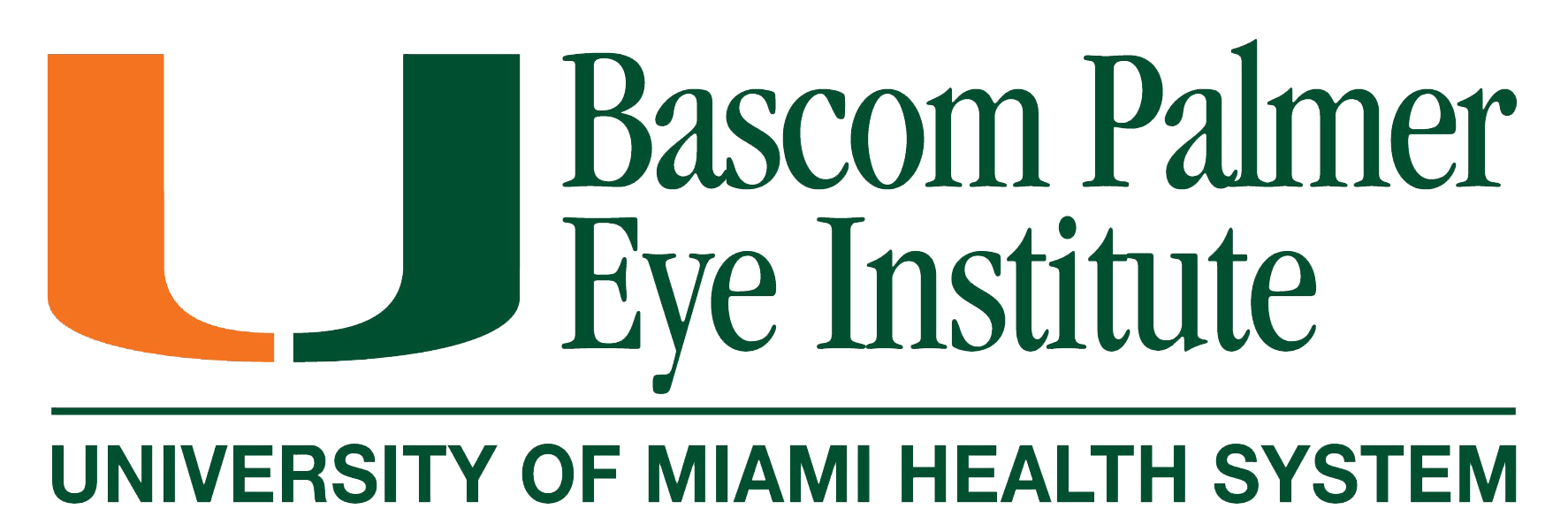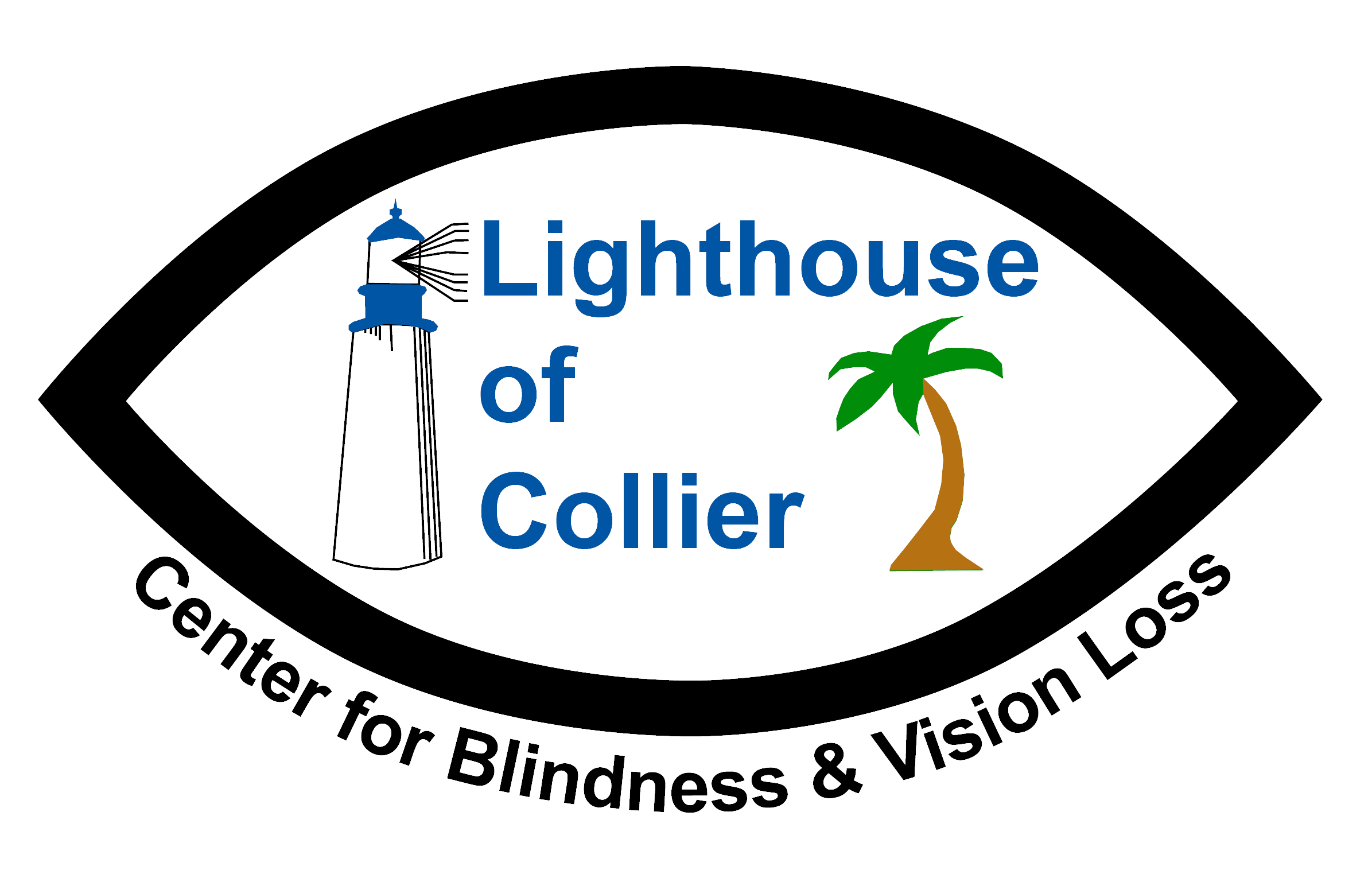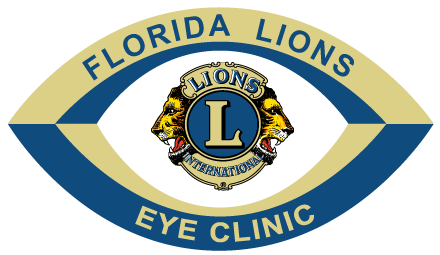7Vision

This strategic initiative ensures children in Collier County’s Title I schools receive vision screenings from eye professionals and, if needed, additional ocular care.
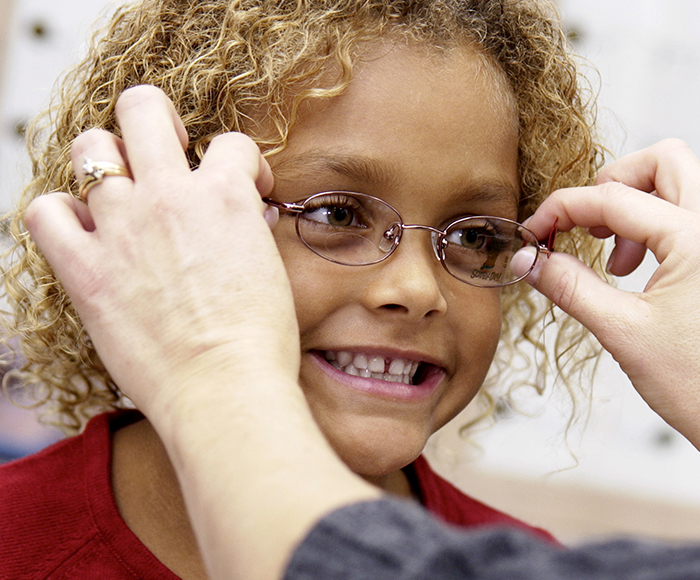
Research indicates that significant vision problems are prevalent in one in four of all school-aged children in the United States and one of the most prevalent handicapping conditions in childhood. The earlier students are identified and treated for vision problems, the better the academic outcomes. The failure to treat vision disorders in children affects such issues as childhood development, academic achievement and developmental behaviors.
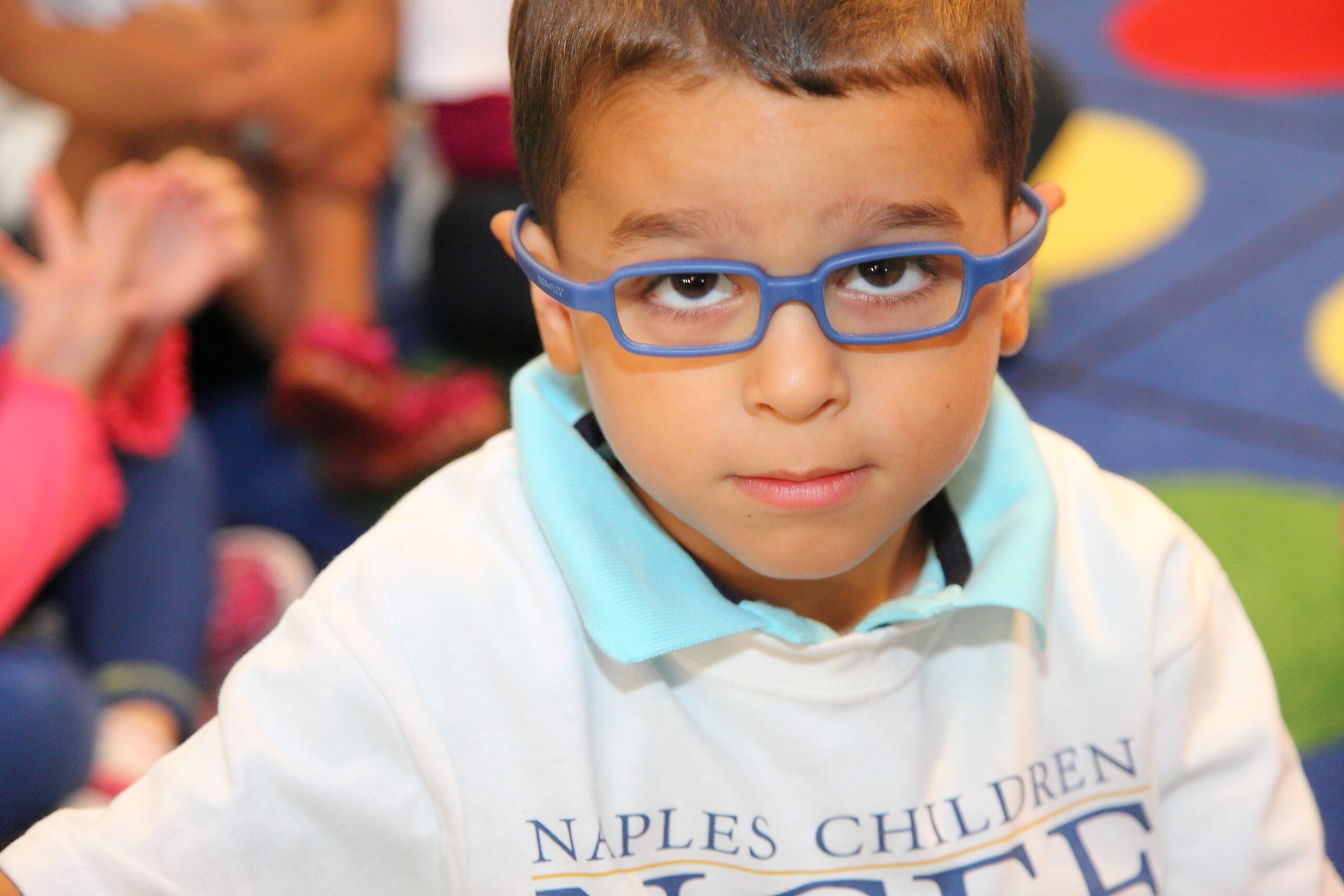
Since inception of the Vision Initiative in 2012, 176,603 screenings have been performed leading to over 45,000 pairs of glasses (one for school and at-home) have been distributed to children in need.

NCEF's Contribution to the Solution
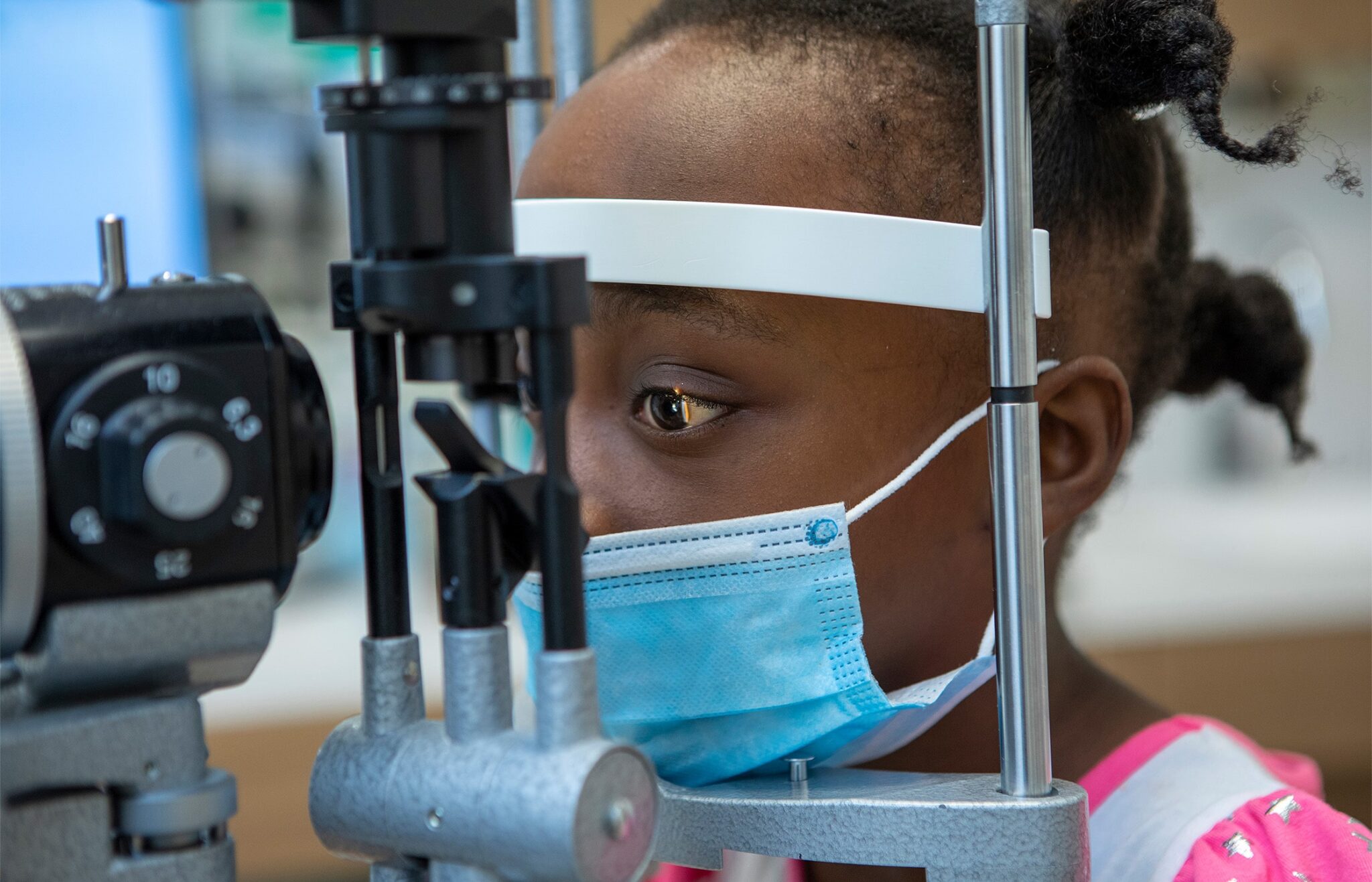
Children’s Vision
The goal of the children’s Vision Initiative is to ensure children from low-income families receive vision screenings, eye exams and glasses and tertiary care, if needed.
Low-income and minority children are at a greater risk of under-diagnosis and under-treatment of vision problems as well as an unmet need for vision care services. Due to lack of funding and access to quality care, children are being screened at low rates and vision issues are often missed. Further, those screened often do not receive the necessary follow-up treatment.
Among Title I students and academically and behaviorally at-risk children, research indicates that up to 85% have vision problems that are either undetected or untreated. Experts estimate during the first twelve years, 80% of what we learn comes through the visual processing of information, yet two out of three children in the United States do not receive any preventative vision care before entering elementary school..
To address the serious gap in oral health services, NCEF’s efforts focus on establishing a baseline of need and multiple modality structure to treat children with the most acute eye care challenges.
Through this initiative, vision screenings are brought directly to the children in need, increasing their chances of early detection of vision diseases and subsequent follow up care that will ultimately save their sight.

We are proud to collaborate with esteemed organizations that exemplify the highest efficacy standards.
Blueprint Partners including Bascom Palmer Eye Institute, Florida Lions Eye Clinic and Lighthouse of Collier collaborate to ensure children receive quality eye care, glasses and treatment – the tools they need for academic and social success.
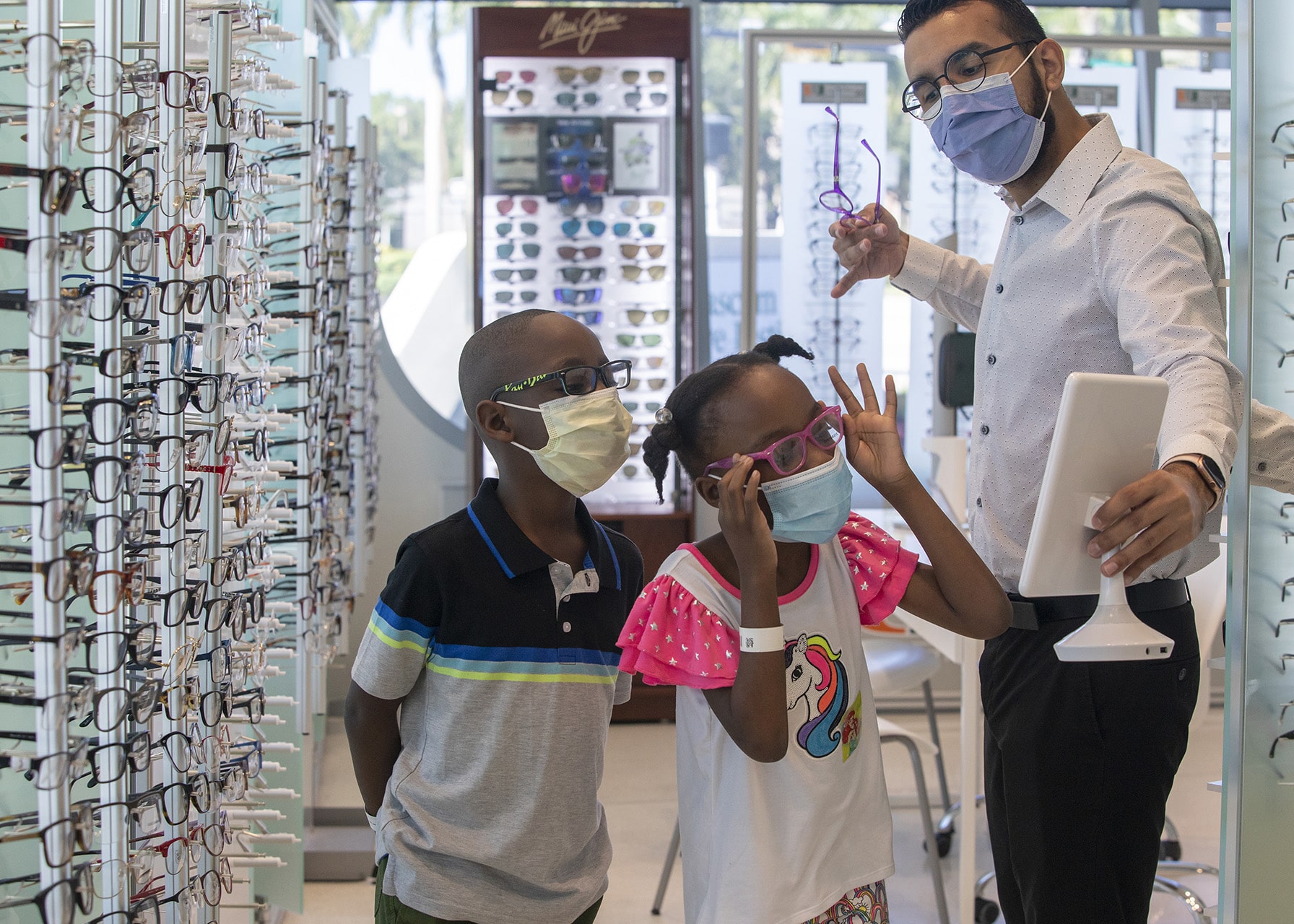
Help Move Our Mission Forward
We encourage you to take action and support children’s vision care. Start by understanding the critical role vision plays in a child’s development. Equip yourself with the knowledge to identify signs of vision issues in children.
As the need in our community continues to grow, your giving strengthens our ability to achieve our mission. Thank you for support!





